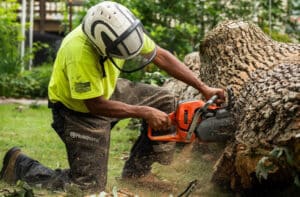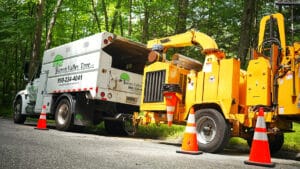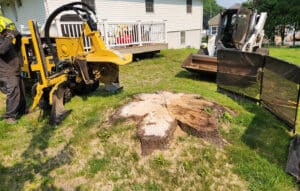Optimal Timing for Tree Treatments: Ensuring Healthy Trees Year-Round

As a responsible tree care provider, it’s crucial to understand the optimal timing for various tree treatments to maintain the health and beauty of your landscape. At Green Valley Tree, LLC, we often receive questions about the best times to treat trees for different pests and diseases. While many factors influence the timing, fall and spring are generally the most effective seasons for tree treatments. Here’s a comprehensive guide to help you determine the right time and method for your tree care needs.
Spring and Fall: Prime Seasons for Tree Treatments
Spring:
Spring is a time of renewal, making it an ideal season for treating trees. As temperatures rise and trees begin to bud, they become more receptive to treatments. This is the perfect time to tackle pests emerging from their winter dormancy.
- Pest Focus: Aphids, caterpillars, and other leaf-feeding insects.
- Weather Considerations: Aim for treatments on dry days with moderate temperatures to ensure effectiveness and minimize the risk of the treatment washing away due to rain.
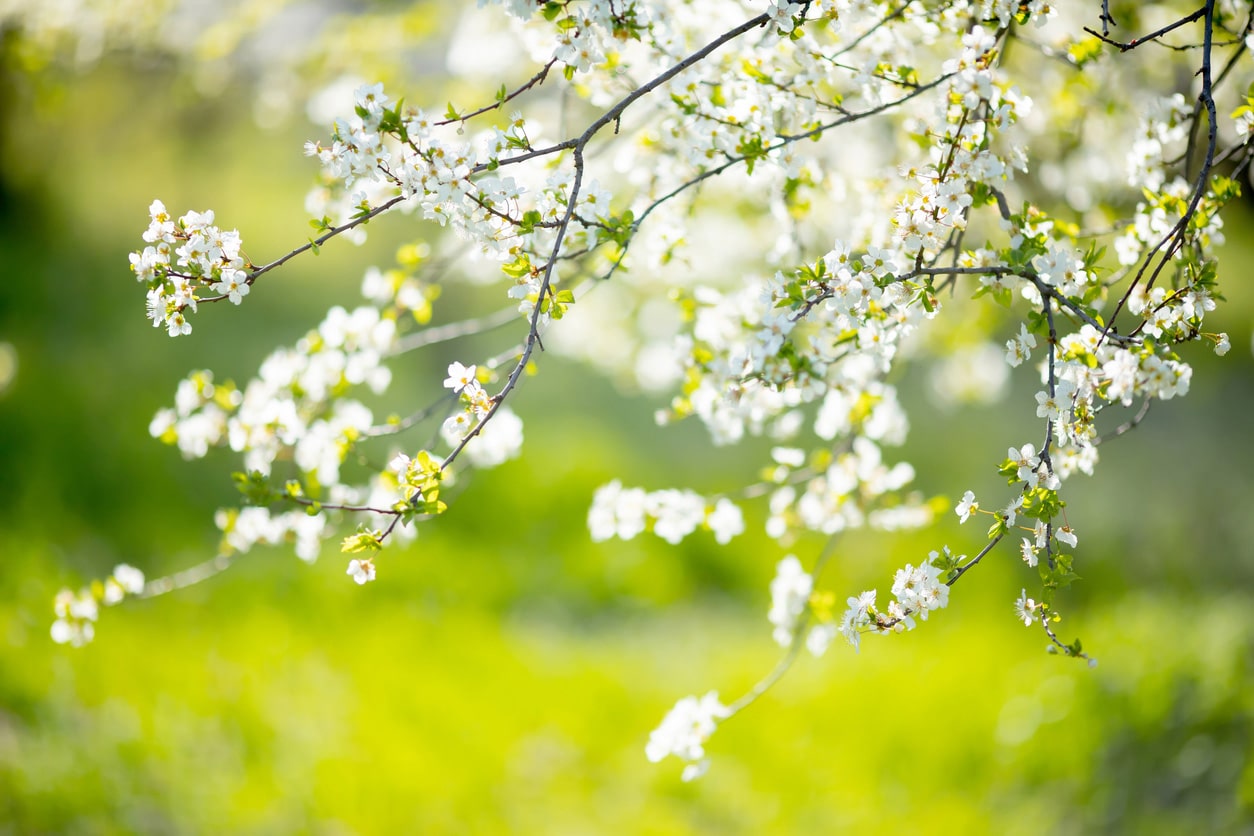
Fall:
As trees prepare for winter, fall treatments can be highly effective. Treatments applied in the fall can target pests that are readying for hibernation, providing a protective barrier through the winter months.
- Pest Focus: Scale insects, borers, and mites.
- Weather Considerations: Cooler temperatures and less rainfall make fall treatments more predictable and reliable.
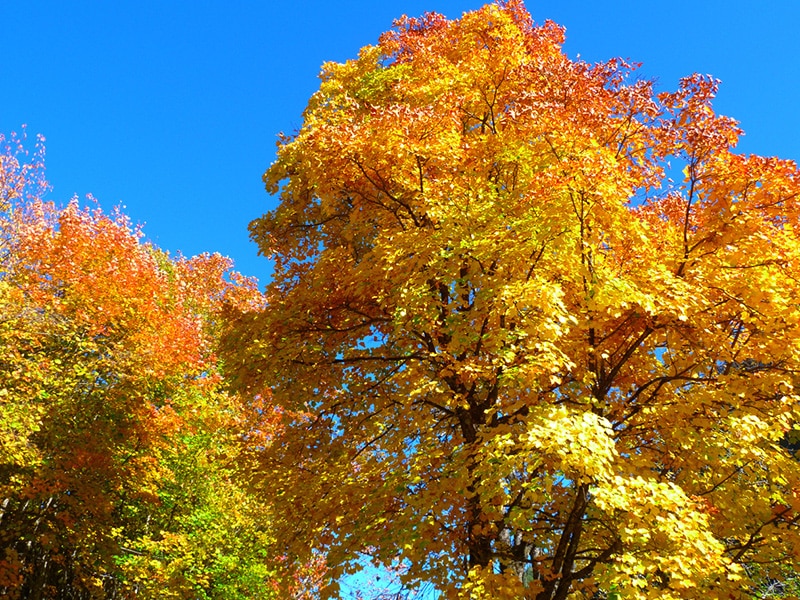
Weather Considerations
Weather plays a significant role in the effectiveness of tree treatments. Understanding and adapting to weather conditions can make a substantial difference in the success of your treatment.
- Rain: Rain can wash away treatments, rendering them ineffective. It’s essential to apply treatments during dry weather with no immediate forecast of rain.
- Heat: Extremely high temperatures can cause treatments to evaporate quickly or stress the tree, making it less receptive to treatment. Early morning or late evening applications are recommended during hot weather.
- Humidity: High humidity can enhance the effectiveness of some treatments by keeping them in contact with the tree longer, but it can also increase the risk of fungal infections. Balance is key.
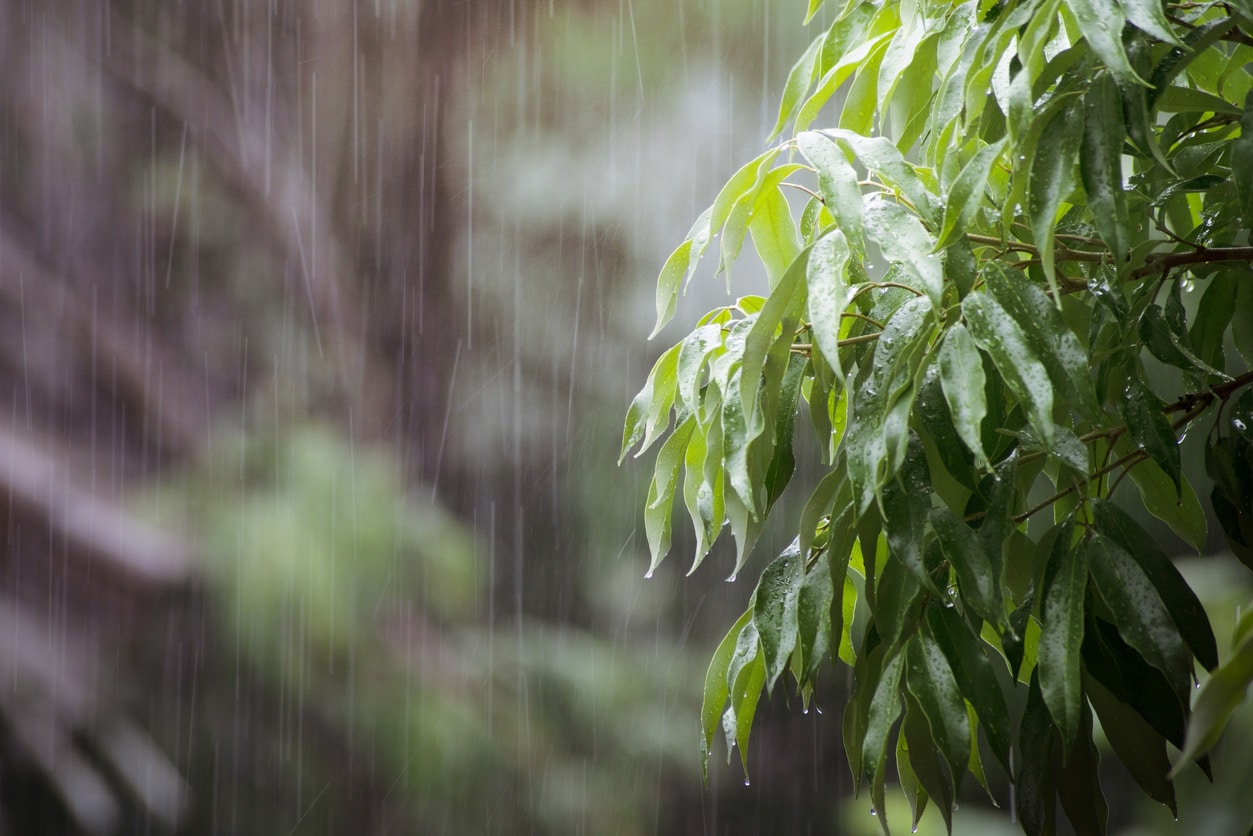
Treatment Methods
Different pests and diseases require different treatment methods. The primary methods include spraying, basal drenching, and injections, each with its advantages and specific application times.
- Spraying: Ideal for pests that reside on the surface of leaves and branches. Spring and fall are optimal for spraying when pests are most active and trees can absorb the treatment effectively.
- Basal Drench: This involves applying a liquid treatment around the base of the tree, which is then absorbed through the roots. This method is effective for systemic pests and diseases. Fall is an excellent time for basal drenching as trees are in a state of active nutrient absorption.
- Injection: Injecting treatment directly into the tree’s vascular system is highly effective for severe infestations and systemic diseases. This method can be used in both spring and fall but is particularly useful in spring when the tree’s vascular system is most active.
Conclusion
Timing is everything when it comes to tree treatments. By understanding the optimal seasons, weather considerations, and appropriate treatment methods, you can ensure the health and longevity of your trees. At Green Valley Tree, LLC, we are committed to providing expert tree care tailored to the unique needs of your landscape. Contact us today to schedule your tree treatment and keep your trees thriving year-round.

